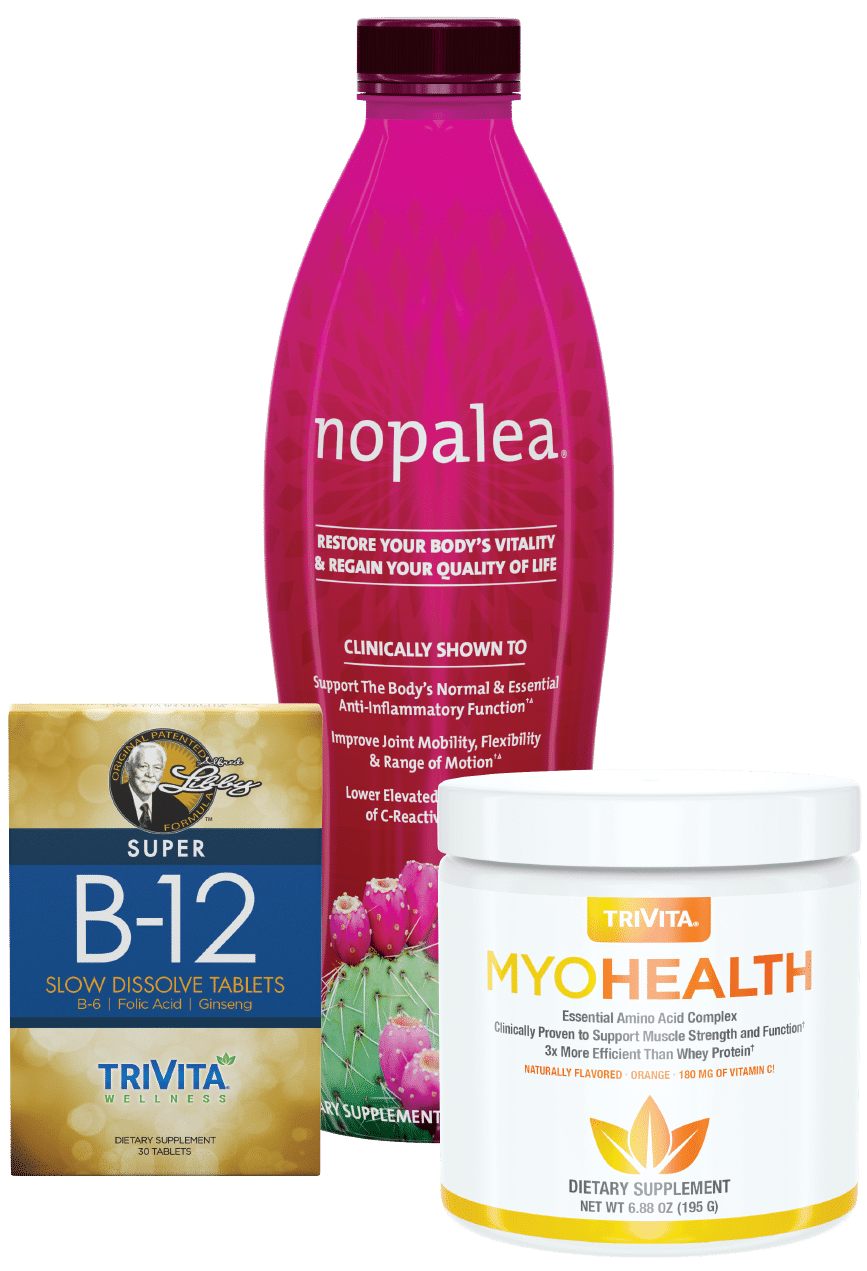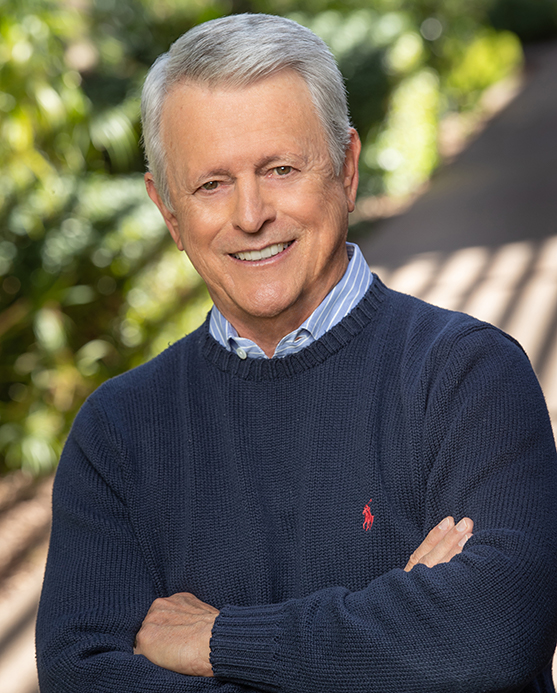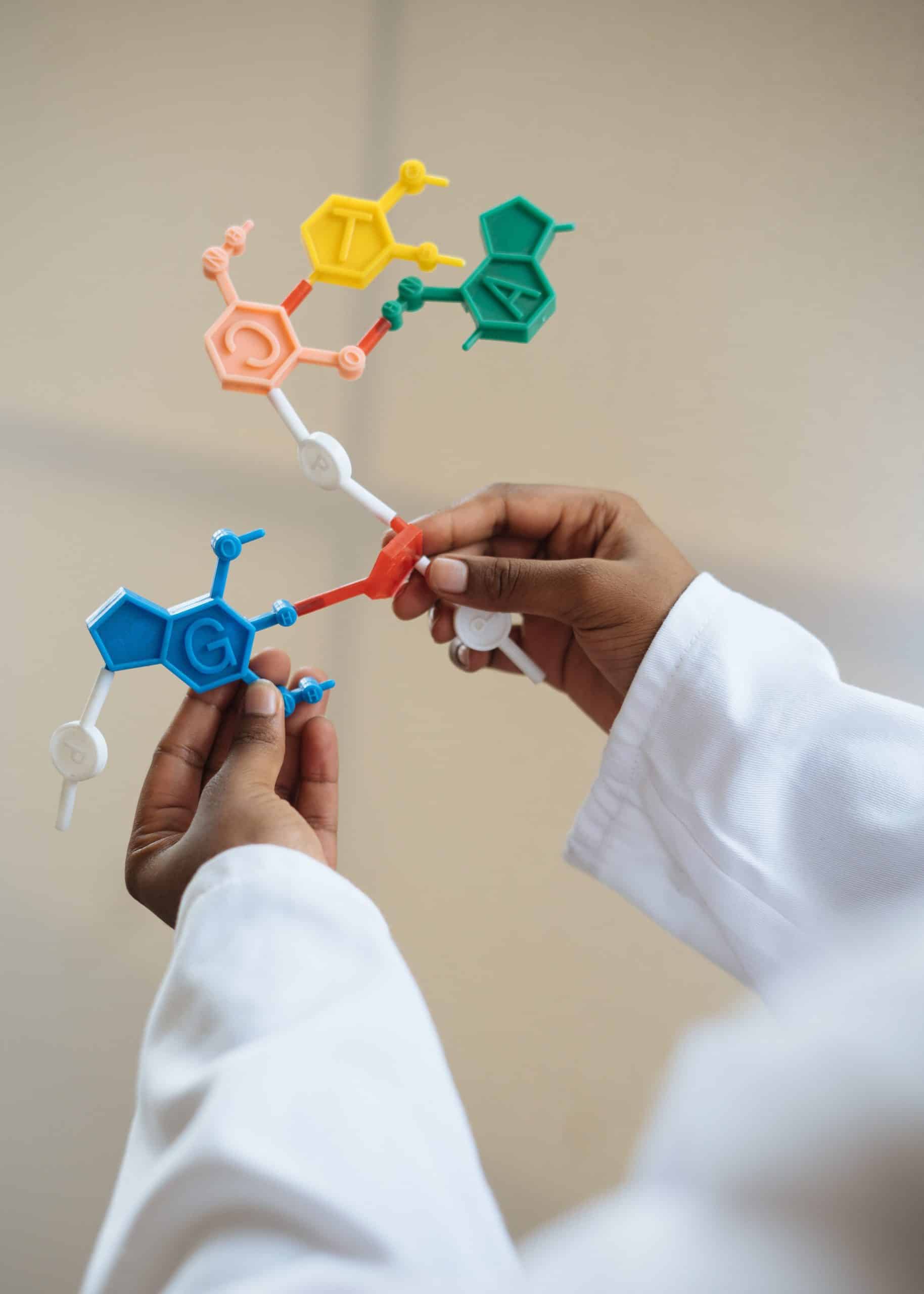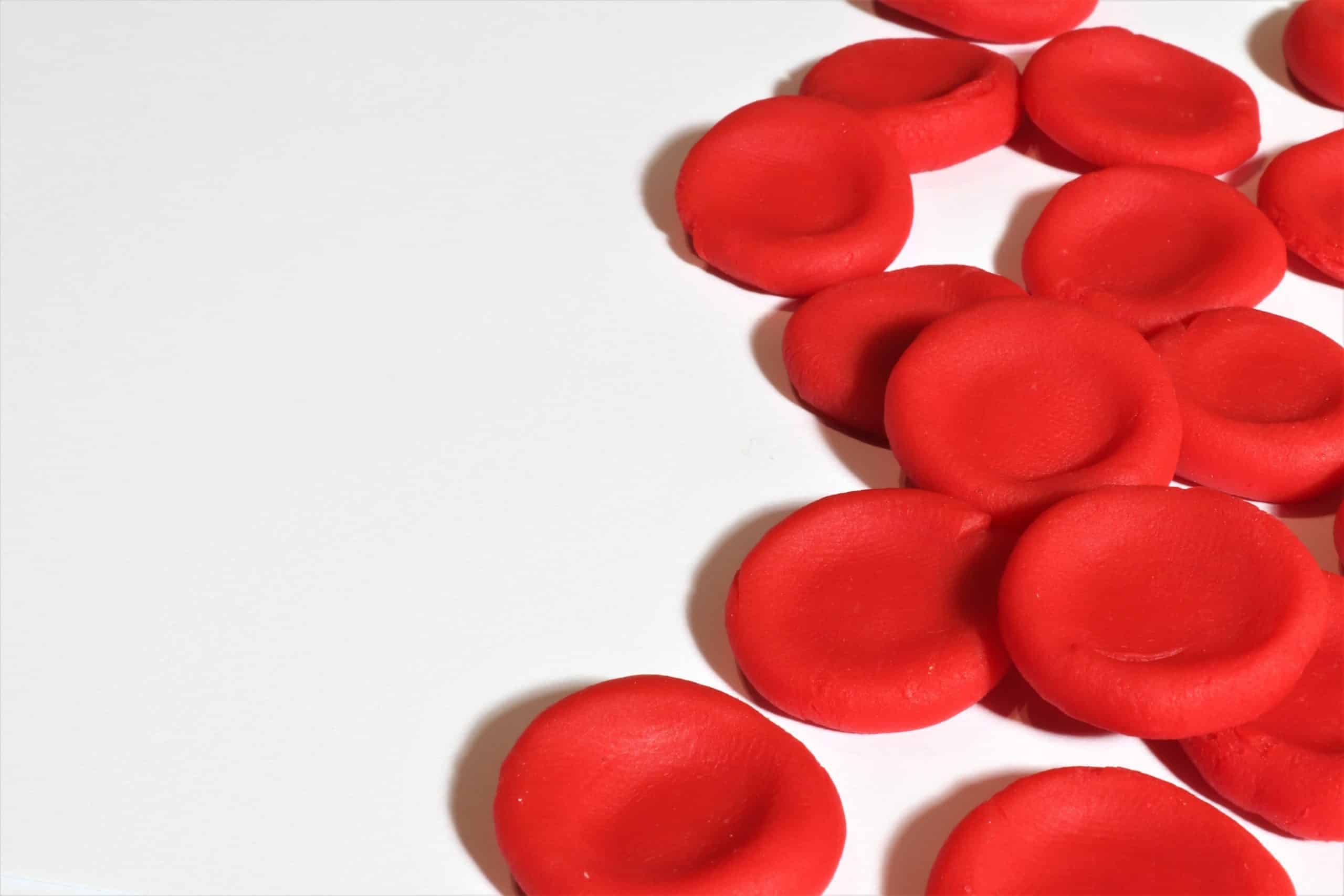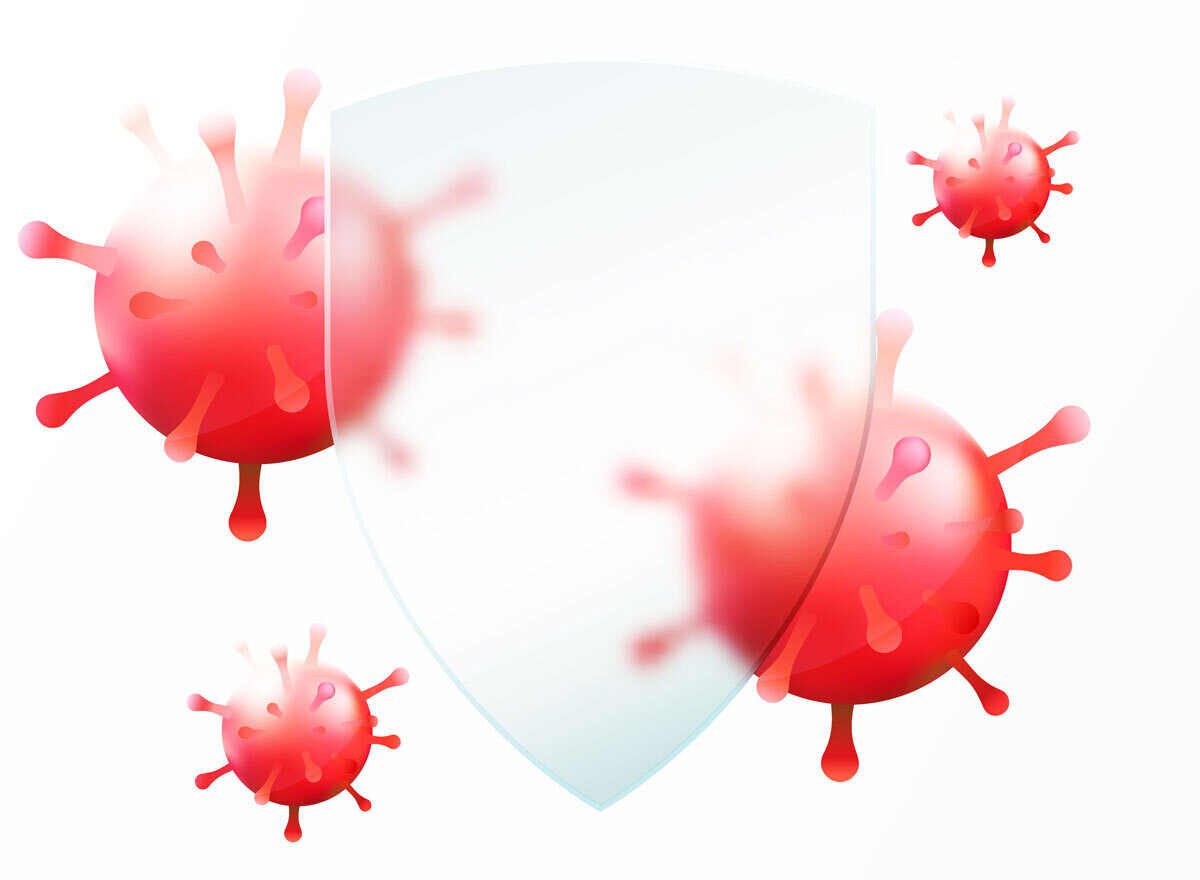Do creaky knees and aching joints sound all too familiar? You’re not alone. Arthritis affects more than 6 million Canadians — more than diabetes, heart disease, cancer and stroke combined. One in five adults across the nation deals with joint pain or chronic inflammation, and the numbers are on the rise.
If you’re looking for hope beyond surgery, never-ending pain medication or giving in to a lifetime of pain, you may want to try Opuntia ficus-indica, more commonly known as the prickly pear or nopal cactus.
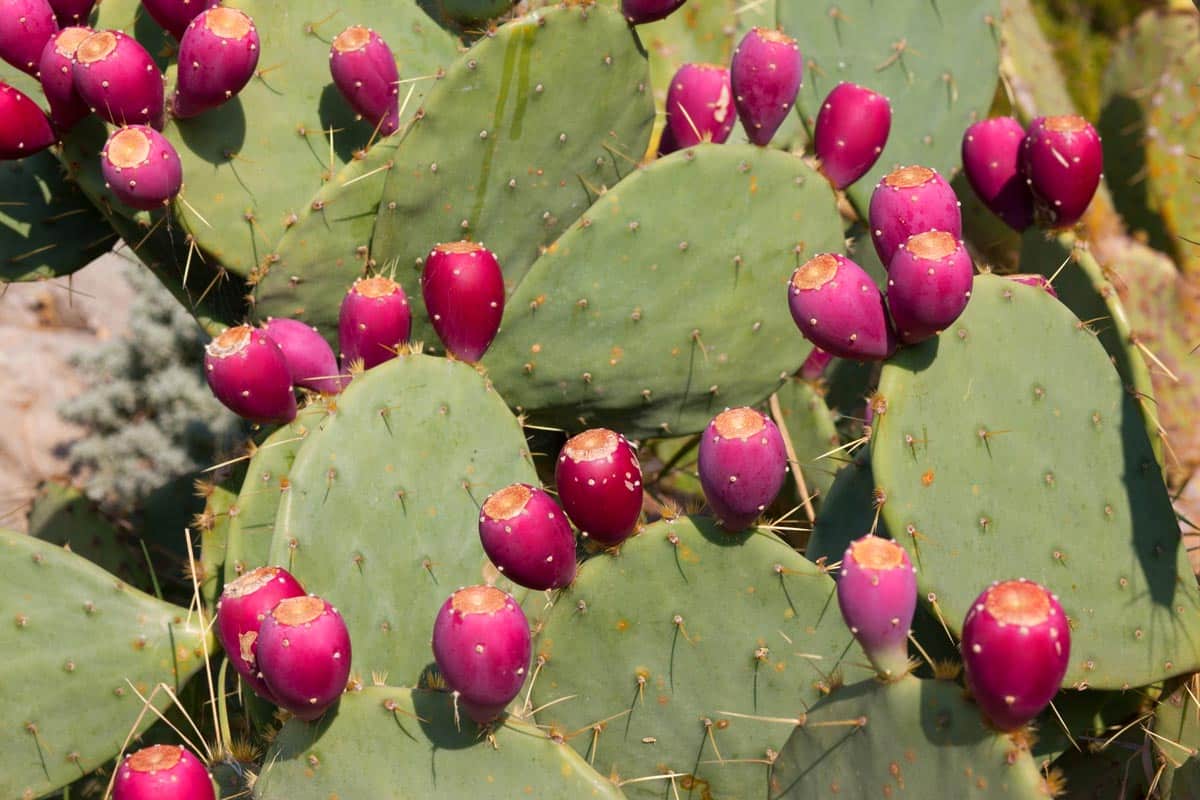
The Nopal Cactus in History & Culture
Native to Mexico, the nopal cactus thrives in the arid and semiarid regions of the Sonoran Desert. Discovered centuries ago by the Aztecs, this ancient Mesoamerican culture used the nopal cactus for food and medicine, as well as in their rituals. After Columbus made his way to the New World, sailors began using nopal to treat scurvy, and the prickly pear cactus made its way back across the globe aboard European ships.
Today, the nopal cactus with its fruit is a national symbol of Mexico. It appears in the national coat of arms and on the country’s flag, where a proud Golden eagle stands perched on a flowering prickly pear cactus.
Both the green nopal pads and its colorful fruit are edible, and numerous recipes can be found on the internet. The pads may be cooked or eaten raw, as long as one is careful to remove the spines and barbed glochids. The fruit also may be eaten raw, though it, too, has spines, and it is often used to make juice, jelly and jam.
Resilience in the Harshest Conditions
To call this amazing plant hardy would be a considerable understatement. Not only does the nopal cactus thrive in extreme heat and drought conditions, it also survives freezing temperatures and soil lacking in nutrients.
Another name for this incredible flora is la planta de vida, or “life-giving plant,” as even its fallen leaves become new plants. It is prolific, able to produce fruit year round, and an old Mexican adage says, “Whoever has a nopal in his house, will never go hungry.”
It’s no wonder that people living in extreme desert climates looked to the nopal for sustenance.
TriVita’s Nopalea® Supplement: Michael’s Story
On a trip to Mexico, the founder of TriVita, Michael R. Ellison, sat listening to the indigenous Seri people tell of their ancestors’ strength and resilience living in the harsh Sonoran desert. Inspired by the Seri’s tales and spurred by his own family’s needs, Michael pondered the thought, “Somewhere in that desert there is an amazing plant that will be prolific, and it will help with inflammation.”
“Nopalea – It is a gift from God, and
how it was discovered is amazing.”
~ Michael R. Ellison
Arriving home, Michael began working with scientists at Arizona State University, as well as botanists from the Native American Pima Tribe, to study what they ate in the desert that helped them overcome inflammation. The result of their research and passion was Nopalea, a delicious, nutrient-dense drink made from the fruit of the prickly pear cactus.
Nopalea has since become one of TriVita’s best selling and most beloved health supplements.

Our Members Love Nopalea
Every month TriVita Members tell us how much they love their Nopalea and how it helps them maintain good health and improves their quality of life.
TriVita Member Josette G. says, “The Nopalea makes my neck and joints feel better, I do not have any more pain,” while Carol C. tells us, “Nopalea helps me feel good, and I have more energy.”
According to Member Deborah D., “Nopalea helps, and I share it. My whole mental health and everything changes, and when I’m sluggish it helps me a lot. It also helps my emotional phase I am going through and helps with mobile skills.”
Finally, Diane J. shares, “Nopalea is so good, I could drink the whole bottle in one sitting. I do not have any inflammation at 76. Nopalea helps me stay healthy.”
The Benefits of Nopalea
With daily use, Nopalea may improve your quality of life in these ways:
- Helping support healthy immune function
- Helping prevent vitamin C deficiency
- Helping maintain healthy bones, cartilage, teeth and gums
- Helping in wound healing and connective tissue formation
- Providing antioxidants for the maintenance of good health
Why wait another day to start feeling better? Try Nopalea, a delicious way to support joint health and improve your quality of life.
References
Arthritis.ca
ScienceDirect.com
FGCU.edu
SurvivingMexico.com
Mexicanist.com

